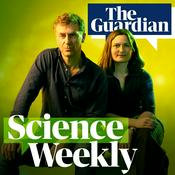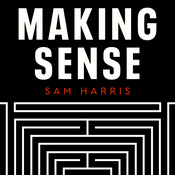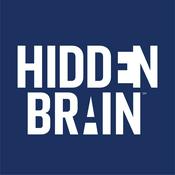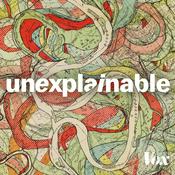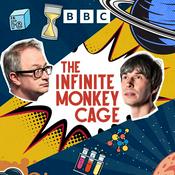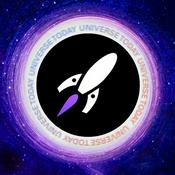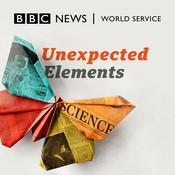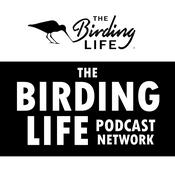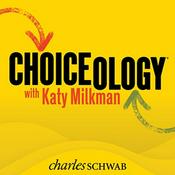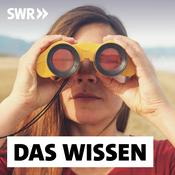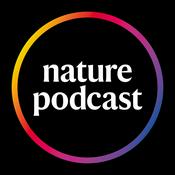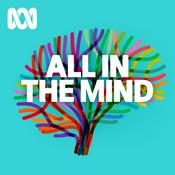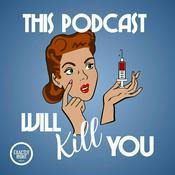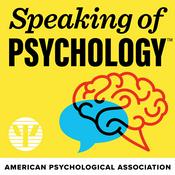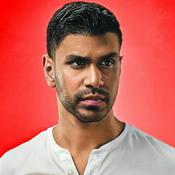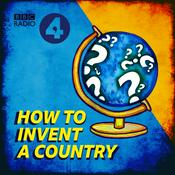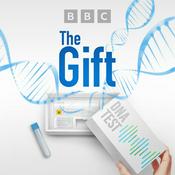475 episodes

How do cicadas know what season it is?
2026/1/09 | 26 mins.
Crowdscience listener Ryosuke grew up in Japan, and spent his childhood summers catching cicadas in the park. For people in Japan, the sound of their chirping signals the first true summer day. But until they emerge, these enigmatic insects live underground - often for many years. Ryosuke wants to know how they know the time is right, and CrowdScience is on the case. Presenter Anand Jagatia pieces together the story of the species, and meets the small but dedicated group of academics worldwide who’ve been able to study them. In a field near Girona, Spain, he meets a scientist who’s spent the last twenty years counting them. How will a temperature probe help us work out when they might emerge, and what are they doing underground for so many years anyway? In nearby Barcelona, another scientist cuts open the stem of a tomato plant and Anand watches as the sap flows out. Could this be a clue to how cicadas sense what’s going on above ground? And he meets a cicada breeder in the US who has discovered a link between the life cycle of cicadas and the fruiting of a peach tree. Armed with that knowledge, can you really make time move faster for tree and insect alike? Presenter: Anand Jagatia Producer: Robbie Wojciechowski Editor: Ben Motley(Photo:Cicada on Hosta Leaf - stock photo Credit: KenWiedemann via Getty Images)

Did I inherit my laugh?
2026/1/05 | 26 mins.
CrowdScience listener Limbikani in Zambia is always being told he has his Dad’s laugh, so he set us the challenge of trying to find out whether a laugh can be passed down in our genes or if it’s something we learn from our environment. Presenter Caroline Steel steps into the world of one of the world’s greatest laughter experts, Professor Sophie Scott, neuroscientist at University College London. In her office stuffed with memorabilia of a life filled with fun, they discuss how the shape of our bodies could play a role in how we laugh. Also joining the fun is Dr Gil Greengross, evolutionary psychologist at Aberystwyth University in Wales, UK. Gil tells us how Charles Darwin was the first person to question how laughter evolved. Caroline also speaks to Dr Nancy Segal, Professor of Developmental Psychology and Director of the Twin Studies Center at California State University, Fullerton. Nancy is an expert in studies that demonstrate the role of nature vs nurture in how who we are and how we behave. She tells the story of the ‘Giggle Twins’, who were separated at birth but found they laughed identically when they met three decades later. So does that mean that we really do inherit our laughs from our parents? Presenter: Caroline Steel Producer: Tom Bonnett Editor: Ben Motley Credit: The sound of rats laughing (slowed down so that our ears can detect the ultrasound) is courtesy of Dr. Jaak Panksepp(Photo: Father and son on yellow background- stock photo Credit: Georgijevic via Getty Images)

The CrowdScience quiz of the year
2025/12/26 | 35 mins.
In 2025, the crack team of intrepid presenters here on CrowdScience have been on some incredible adventures. They’ve wondered whether water is wet, and gone a hunt for a missing tangerine. They’ve wondered why animals swallow rocks, imagined what would happen if the earth spun backwards and pondered whether atoms are immortal. But, as the year draws to a close, Anand Jagatia is wondering… have they REALLY been paying attention? Time to put them to the test! In this special programme, Anand gathers the other four presenters into a studio together – Caroline, Alex, Marnie and Chhavi, for an end-of-year quiz – and you can join in at home! Presenters: Anand Jagatia, Caroline Steel, Alex Lathbridge, Marnie Chesterton and Chhavi Sachdev Producer: Emily Knight Editor: Ben Motley(Photo: CrowdScience presenters in the studio with purple background Credit: BBC)

How do we adapt to the cold?
2025/12/19 | 26 mins.
When some people are wandering around in shorts and a t-shirt, others are wrapped up in warm coats and jumpers. How come our responses to cold weather are so different? People have been living in cold environments for thousands of years. So why do some of us struggle with the cold more than others, and what, if any, adaptations have our bodies made to cope in freezing temperatures? CrowdScience listener Anne from the UK is amazed by the warm houses of her neighbours, and wants to know whether her background might have affected her perspective on the cold. Caroline Steel investigates, visiting a laboratory in Loughborough University, UK, that pushes the body to the extreme. Dr Matt Maley explains what happens inside our systems to help us survive the plummeting thermostat and how this adaption can vary from person to person. But it’s not just biological. Our culture impacts our experience of cold too. CrowdScience heads to Norway to meet the global community on the icy Arctic island of Svalbard. There Caroline meets Associate Professor Gunhild Sætren at the Arctic Safety Centre to find out the important role appropriate clothing plays in being prepared for the chilly weather. And we speak to Dr Cara Ocobock at the University of Notre Dame, USA, who tells us about her research comparing Finnish reindeer herders and office workers reactions to cold temperatures. Presenter: Caroline Steel Producer: Hannah Fisher Editor: Ben Motley(Photo: Woman enjoying winter playing in fresh snow. Credit: Olga Pankova/Getty Images)

Can you play the guitar underwater?
2025/12/12 | 26 mins.
Smashing up guitars is a classic rock star activity, but how about drowning them? Seven-year-old listener Cornelius asked CrowdScience to find out what happens if you play a guitar underwater. Could this be the next avant-garde music sensation? Host and amateur musician Caroline Steel tackles Cornelius’ question with the help of one increasingly soggy guitar. The UK’s National Physical Laboratory is our first port of call, with a guitar-sized water tank at the ready, and acoustic scientists Dr Freya Malcher and Ben Ford helping tackle our questions. Since an acoustic guitar’s sound is amplified by its internal chamber, what happens as that chamber starts to fill with water? How about if the whole guitar - strings, body and all - is submerged? What difference does it make if our ears are listening above or below the water? And can special water-adapted microphones help us explore this unusual question, before our guitar disintegrates? Our guitar then heads off on tour to Denmark, where the band Between Music have teased out questions just like these for their underwater music project, Aquasonic. We talk to violinist and Innovative Director Robert Karlsson, and singer Nanna Bech, who also plays a unique subaquatic instrument. With their help, we discover how to get the best out of a submerged guitar, and find out whether other instruments are better suited to the life aquatic. Presenter: Caroline Steel Producers: Cathy Edwards and Florian Bohr Editor: Ben Motley (Photo: Caroline Steel and Nanna Bech in an Aquasonic aquarium playing a guitar)
More Science podcasts
Trending Science podcasts
About CrowdScience
Listen to CrowdScience, More or Less and many other podcasts from around the world with the radio.net app

Get the free radio.net app
- Stations and podcasts to bookmark
- Stream via Wi-Fi or Bluetooth
- Supports Carplay & Android Auto
- Many other app features
Get the free radio.net app
- Stations and podcasts to bookmark
- Stream via Wi-Fi or Bluetooth
- Supports Carplay & Android Auto
- Many other app features
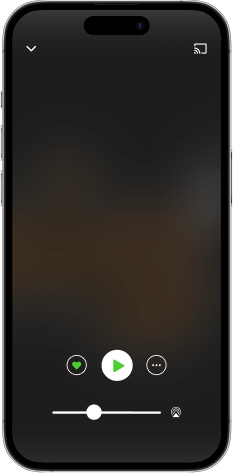

CrowdScience
download the app,
start listening.


